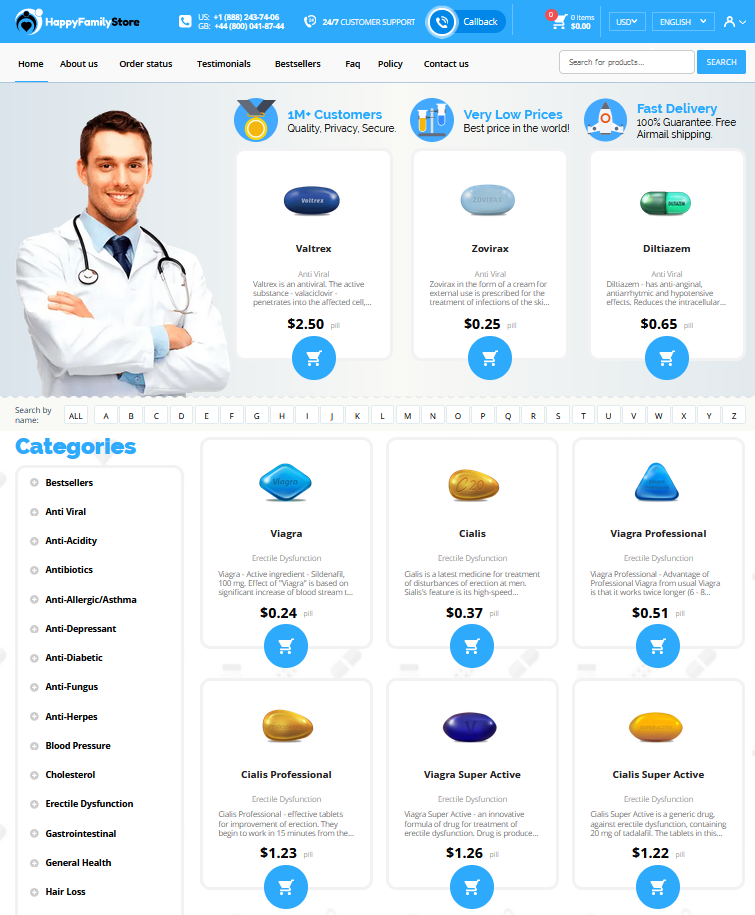To Buy Amoxicillin Online Visit Our Pharmacy ↓
Click HERE To Buy Amoxicillin Online ↓
 Proper Dosage Guidelines for Amoxicillin Treatment
Proper Dosage Guidelines for Amoxicillin Treatment
Understanding Amoxicillin and Its Uses
Amoxicillin, often found in both generics and brand-name versions, is a widely used antibiotic that belongs to the penicillin group. It's primarily prescribed to tackle infections caused by bacteria, including sinusitis, pneumonia, and ear infections. This comp is designed to disrupt the formation of bacterial cell walls, which effectively kills the bacteria that cause infection. Quick action is typically expected—almost stat results—when this effective med is part of the treatment plan.
| Common Uses | Forms | Expected Results |
|---|---|---|
| Sinusitis, Pneumonia, Ear Infections | Tablet, Liquid, Capsule | Improvement in days, with full course |
However, using it improperly can lead to antibiotic resistance, a significant global health issue. Hence, following the sig on your script is crucial. While amoxicillin is effective, understanding its limitations and adhering to proper use ensures it remains a reliable tool in combating bacterial infections.
Factors Influencing Amoxicillin Dosage

When considering the appropriate dose of amoxicillin, various elements come into play, including the nature and severity of the infection being treated. For instance, a stronger dose might be needed for a severe respiratory tract infection compared to a milder one. The patient's age, weight, and kidney function are also critical, as they can influence how the drug is metabolized and cleared from the body. It's like crafting a precise cocktail - one must account for all ingredients before pushing tin. Personal health conditions and concurrent medications also call for a tailored approach, ensuring the script aligns with specific needs for optimal efficacy and safety.
Standard Dosage Recommendations for Adults
For adults, the effective administration of amoxicillin requires close attention to Sig. Typically, the dosage ranges from 500 mg to 1000 mg taken every 8 to 12 hours, contingent on the severity of the infection and physician recommendations. It's crucial to follow the "Script" exactly as provided by your healthcare provider to ensure that the chosen dosage effectively combats the bacteria in question. Adults should avoid the temptation of a "Quick Drive-Thru" solution, as amoxicillin needs to be taken thoughtfully to maximize its efficacy and avoid complications like resistance. Always check with your healthcare professional to tailor the dosage if any side effects occur, ensuring a safe and effective treatment course.
Pediatric Dosage Guidelines for Amoxicillin

When it comes to pediatric dosing of amoxicillin, precision is crucial, as children’s metabolizing capabilities differ significantly from adults. Interestingly, the standard dosage is often calculated based on weight, making it essential to follow the script from healthcare professionals closely. Typically, amoxicillin is prescribed as an oral elixir, a sweetened form making it more palatable for children. The sig may vary—it's not uncommon for daily doses to be split into several administrations to maintain effectiveness while minimizing side effects.
In special circumstances, such as severe infections, a stat adjustment in dosage might be required, but only a qualified physician should make this determination. Engaging healthcare providers helps in understanding proper dosages and the implications of weight-based calculations. The aim remains to ensure that medication is effective while minimizing the risk of negative outcomes.
Adjustments for Special Populations and Conditions
When considering amoxicillin usage, it's vital to tailor the dosage to accommodate special populations. For example, in those with compromised kidney function, the body’s ability to process medications efficiently is reduced, necessitating dosage adjustments determined through a Meds Check. Similarly, pregnant women face unique considerations, as safety for both mother and child is paramount. Physicians may offer a Script with different specifications based on emergent conditions, ensuring safety.
The elderly represent another group needing specific dosage adaptations. Due to age-related changes in drug metabolism, pharmacists often recommend lower doses or enhanced monitoring to prevent harmful side effects. Likewise, for those with liver impairments, amoxicillin dosages may need to be lowered or dosing intervals increased. Treatment adapts in a Stat manner to ensure efficacy without overtaxing the body.
Furthermore, those on concurrent medications must avoid potentially harmful drug interactions. A thorough review, often documented in the Sig, is crucial to prevent inadvertent complications. Individuals with a history of allergies or sensitivities also require tailored Scripts to avert adverse reactions. In pediatric patients, where growth and development are in flux, dosing must consider weight and age, with adjustments to ensure therapeutic outcomes without risking toxicity.
Below is an HTML table outlining dosage adjustments for these special conditions:
```html
| Special Population | Adjustment Consideration | Reason |
|---|---|---|
| Kidney Impairment | Lower Dosage | Reduced Drug Elimination |
| Liver Impairment | Extended Dosing Intervals | Altered Drug Metabolism |
| Pregnant Women | Special Prescriptions | Fetal Safety |
| Elderly | Reduced Dosage | Age-Related Changes |
Importance of Completing the Prescribed Course
Ignoring the "Sig" or skipping doses of amoxicillin can lead to more harm than good. When some bacteria face a weakened attack due to incomplete medication courses, they may survive and grow stronger, paving the way for antibiotic resistance. It’s crucial to ensure that the "Script" is followed accurately to eradicate the infection completely. Though your symptoms might improve before the medication finish date, don't be tempted to stop, as this can turn today's hassle into tomorrow's "Pharmageddon". Completing your full course as instructed helps maintain the effectiveness of antibiotics for future treatment needs, safeguarding both your health and the wider community.

